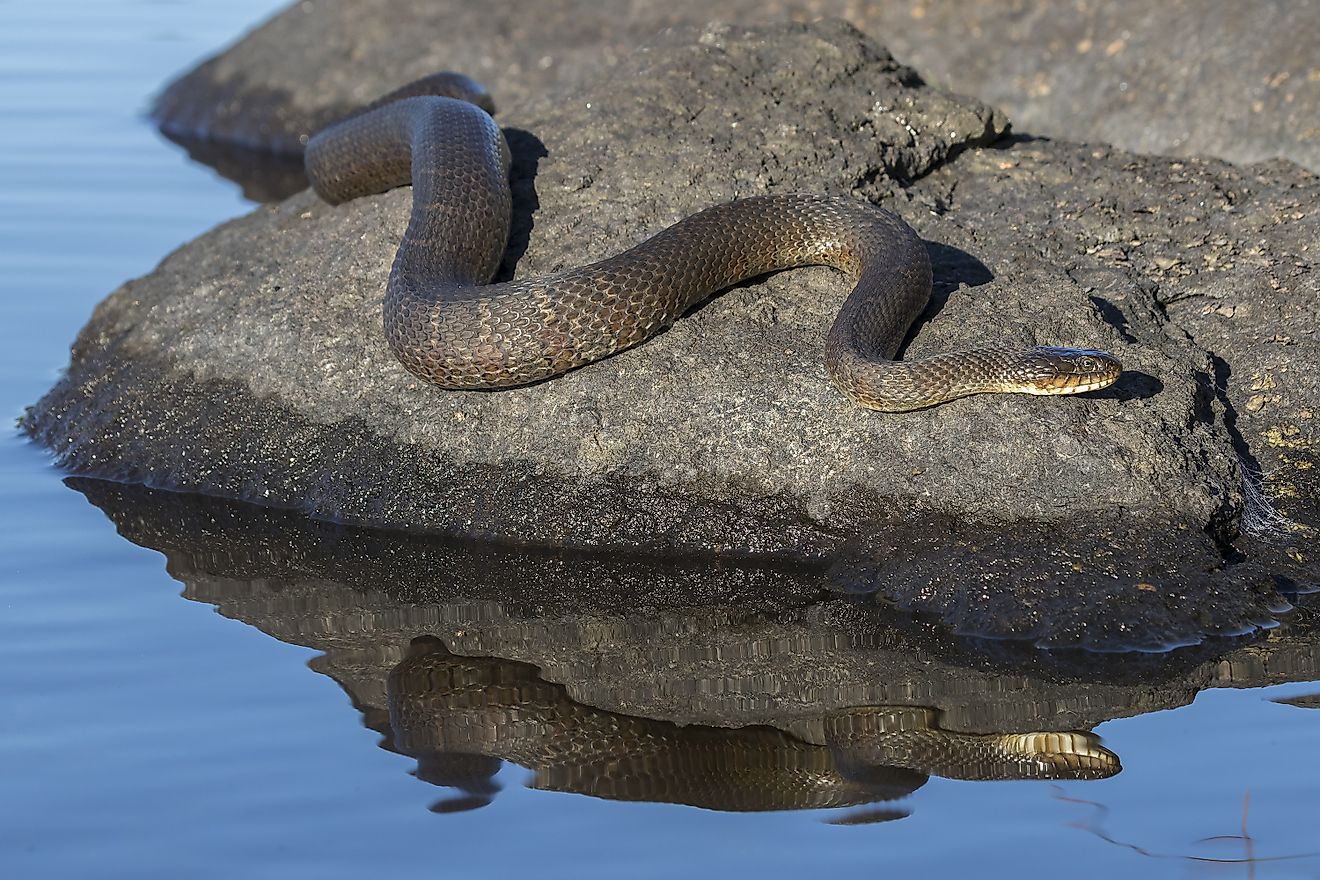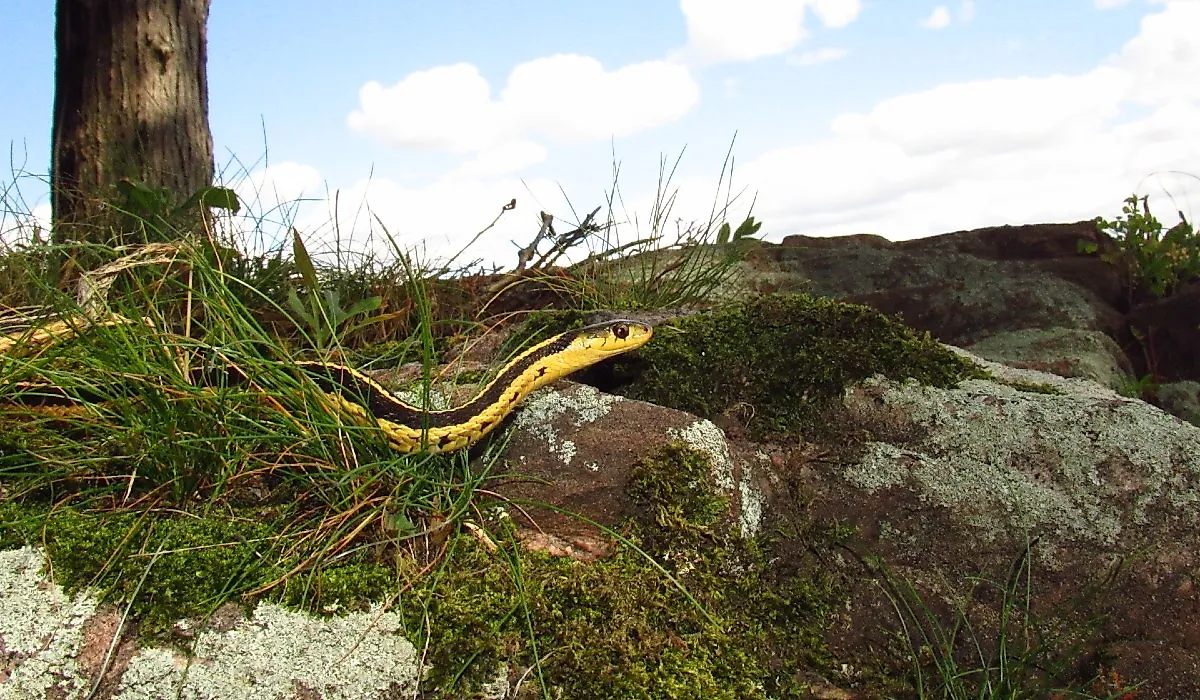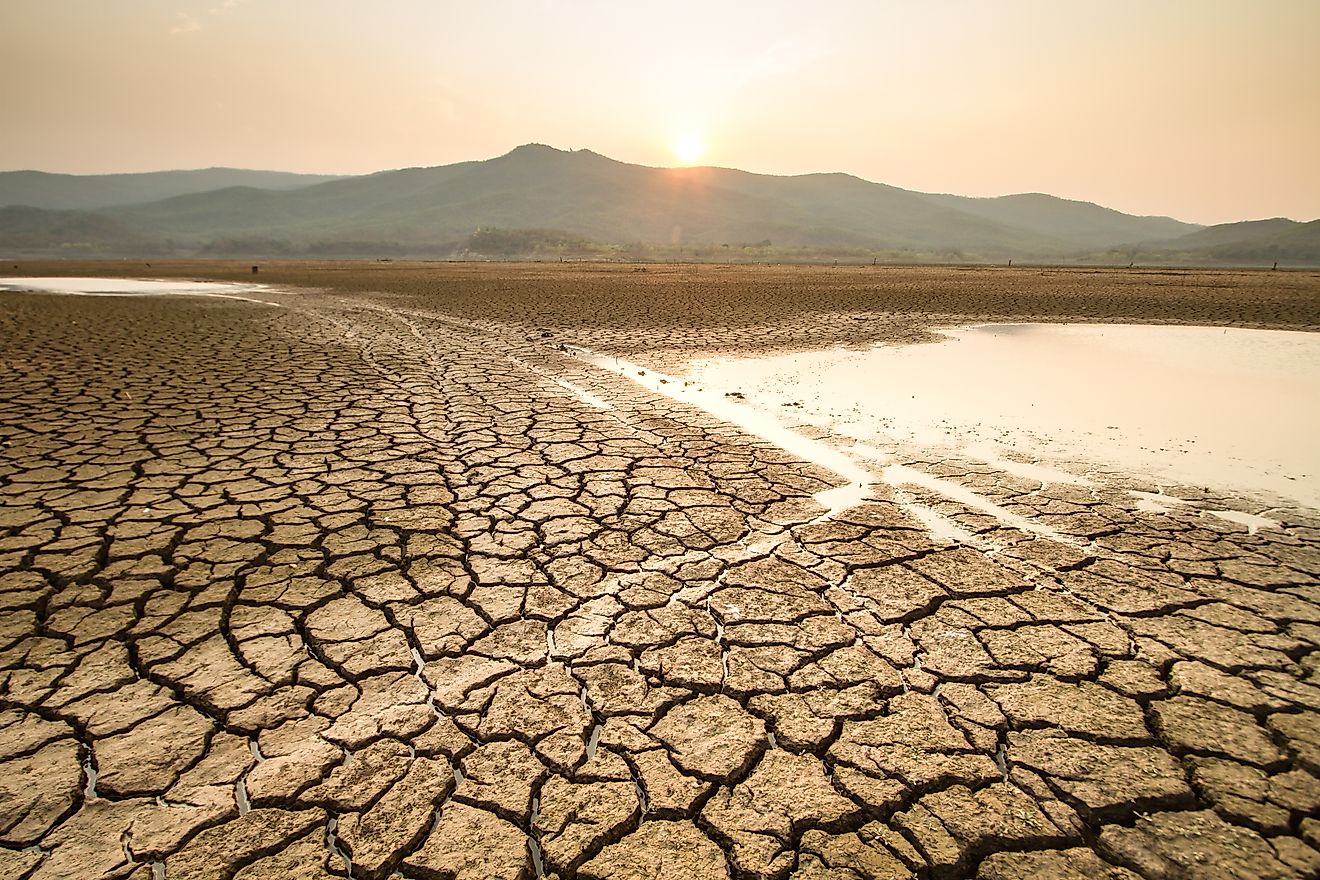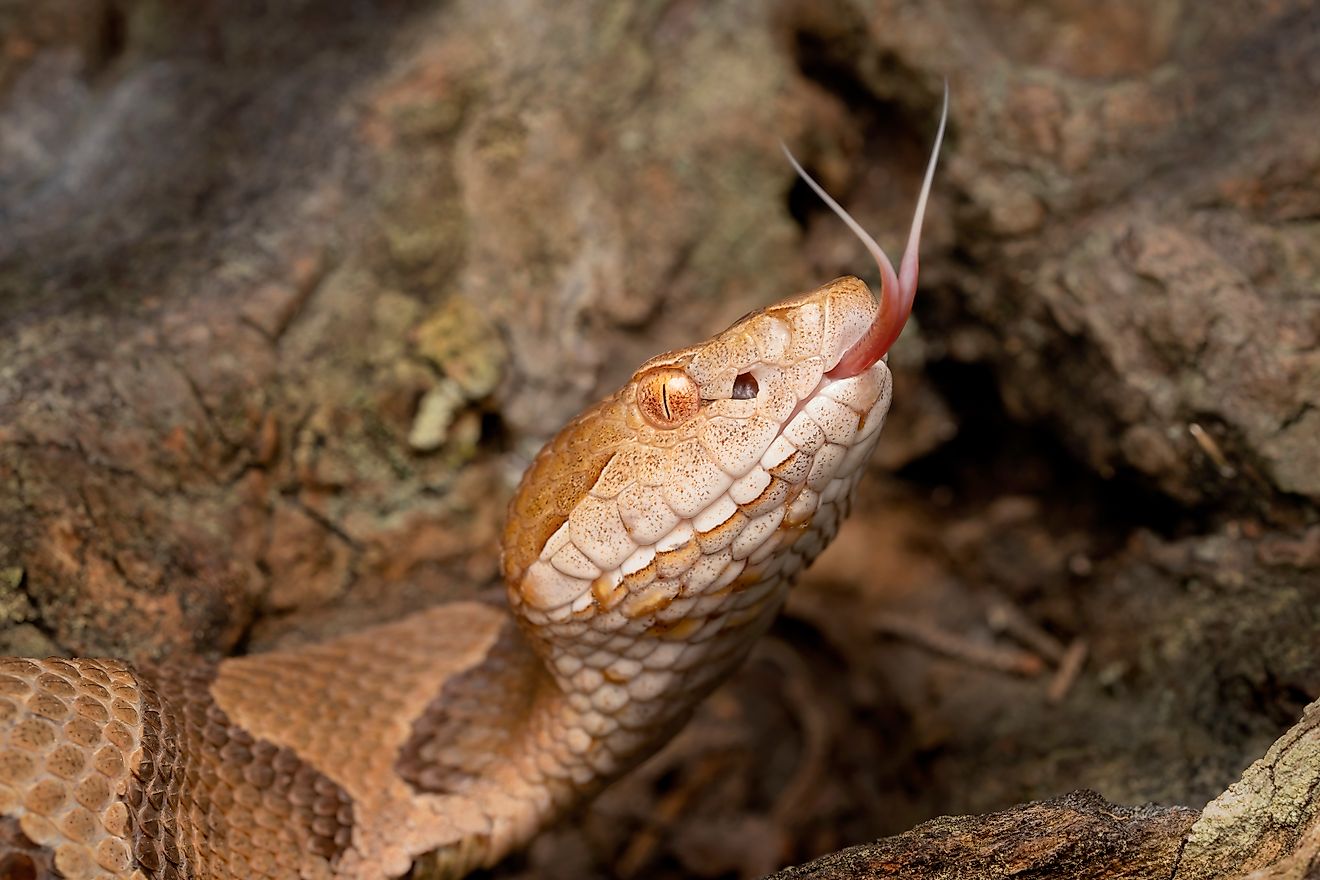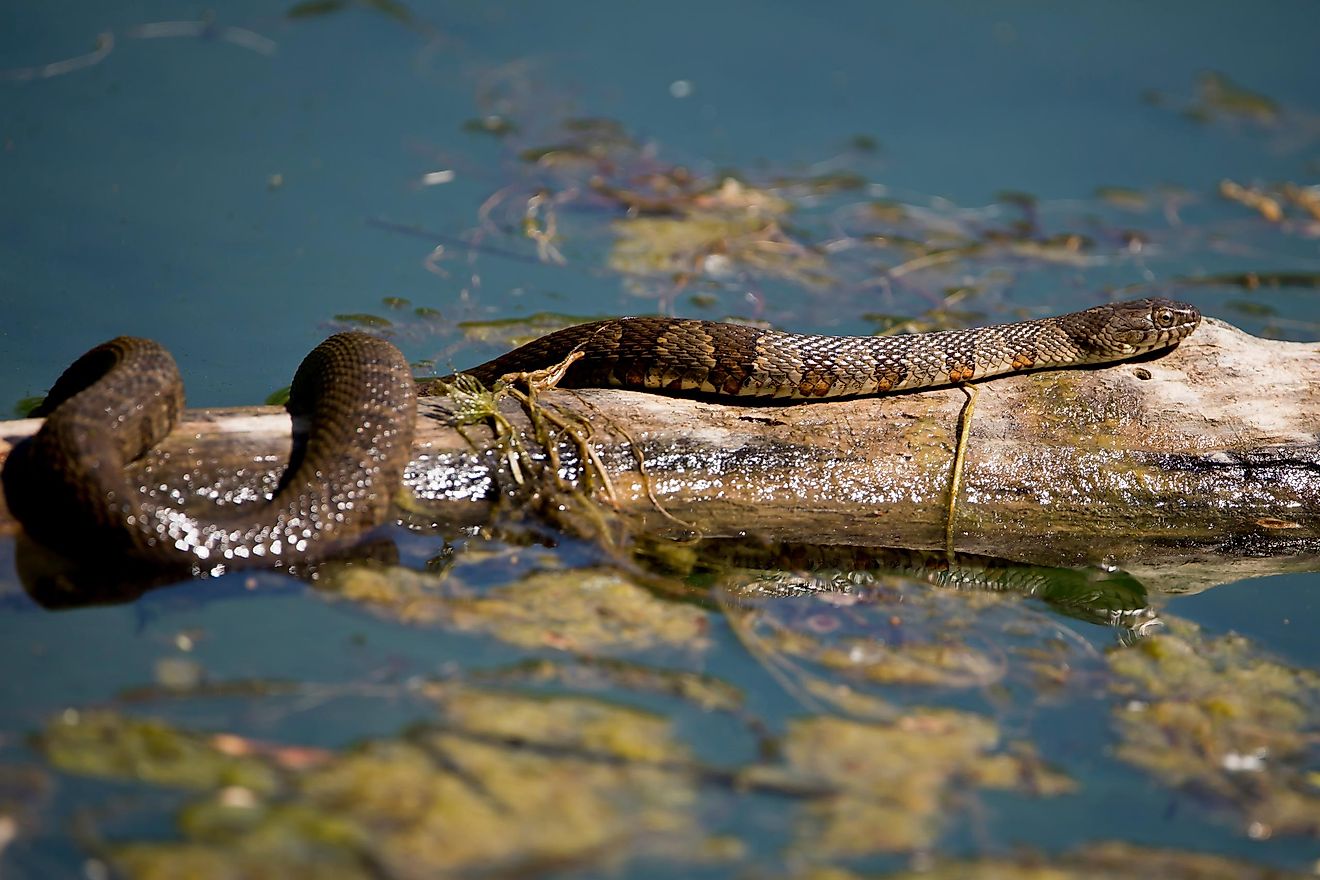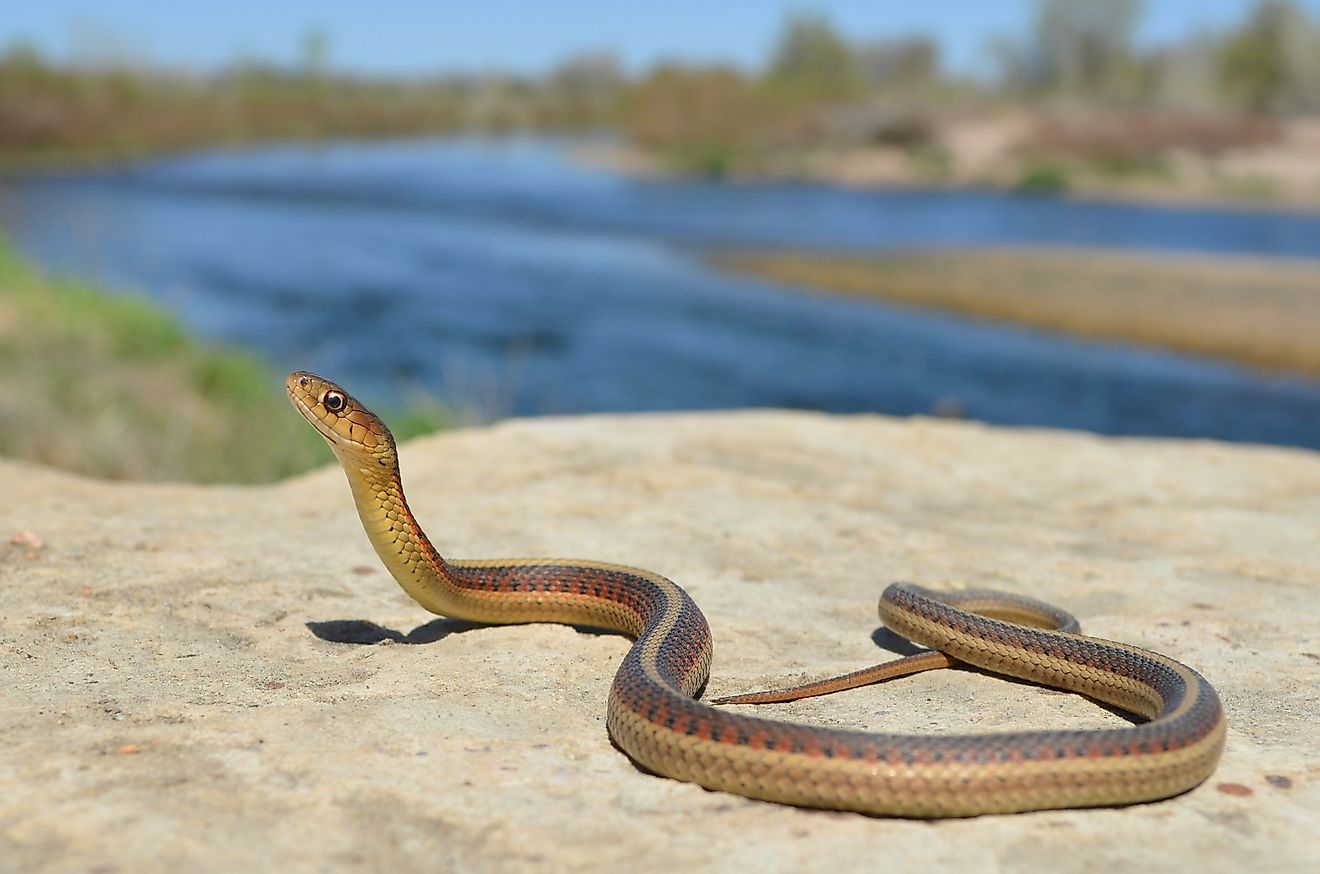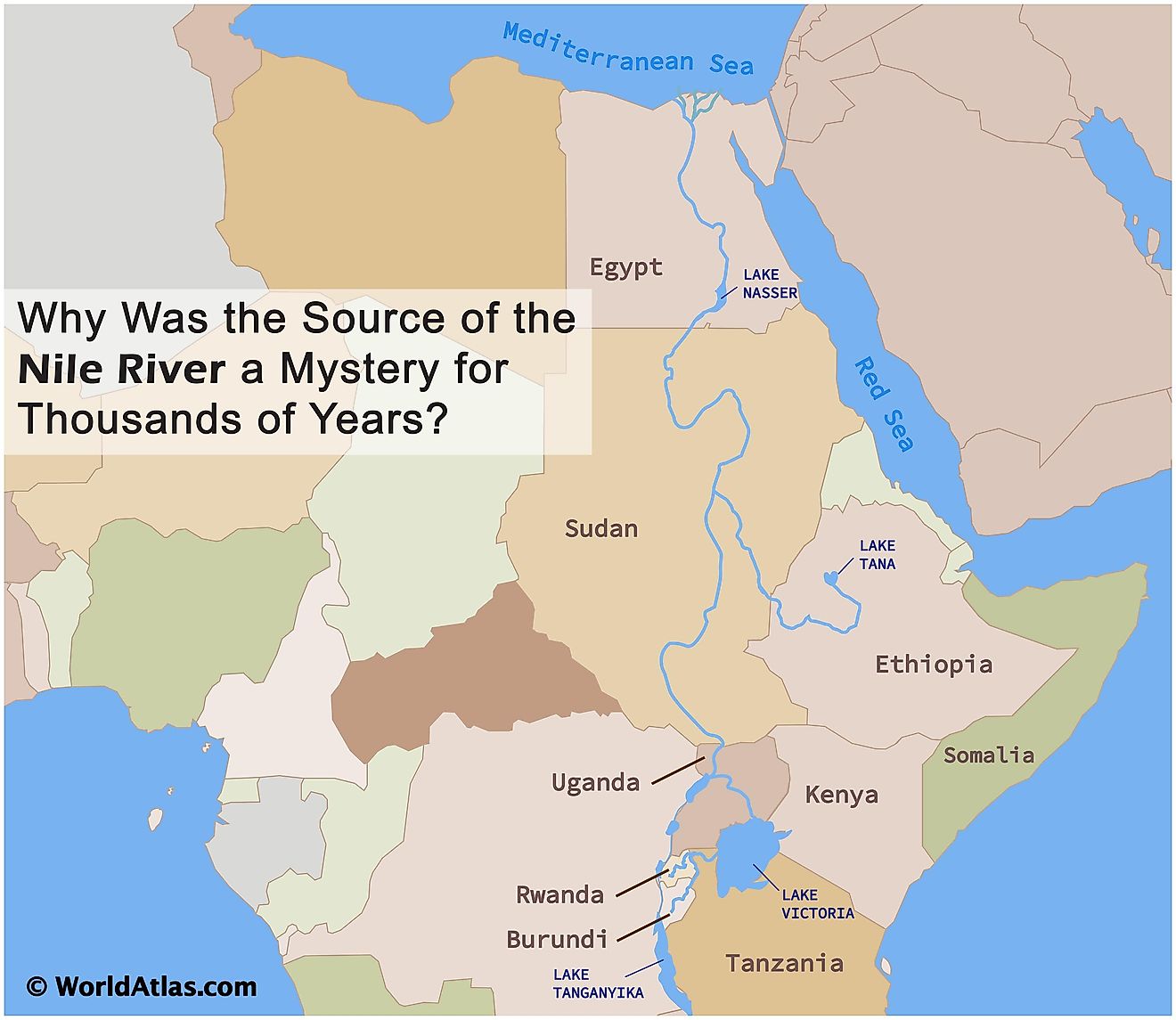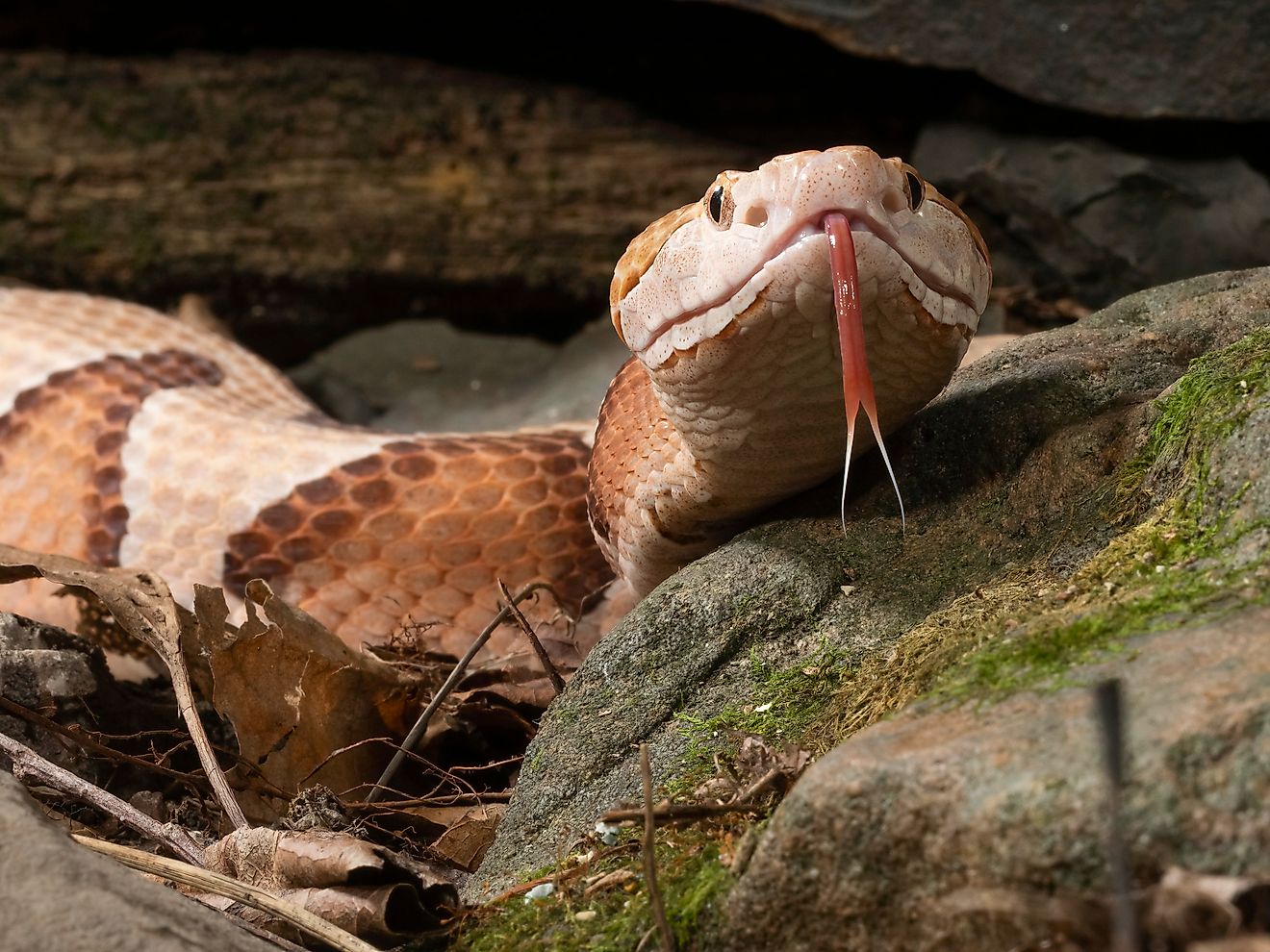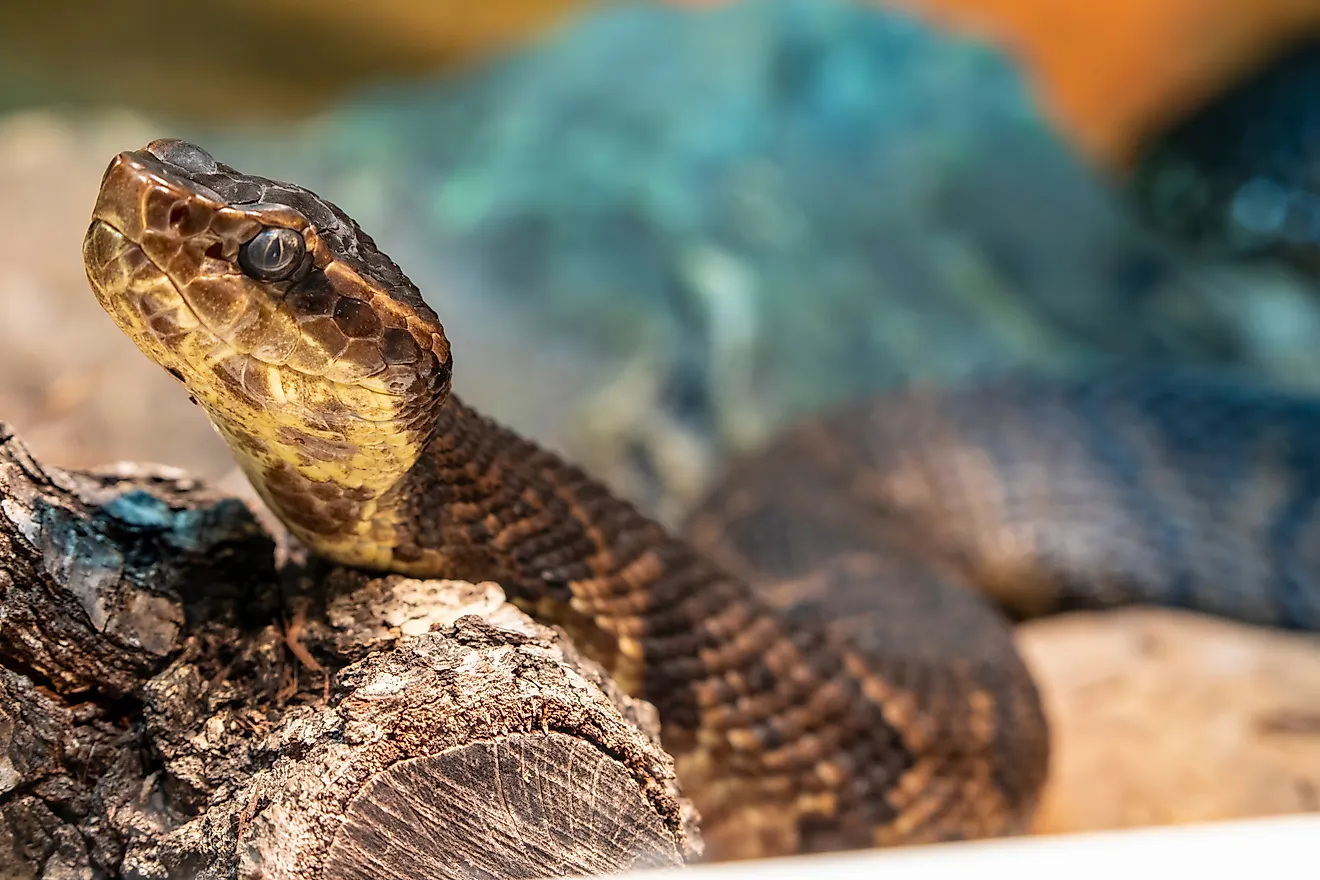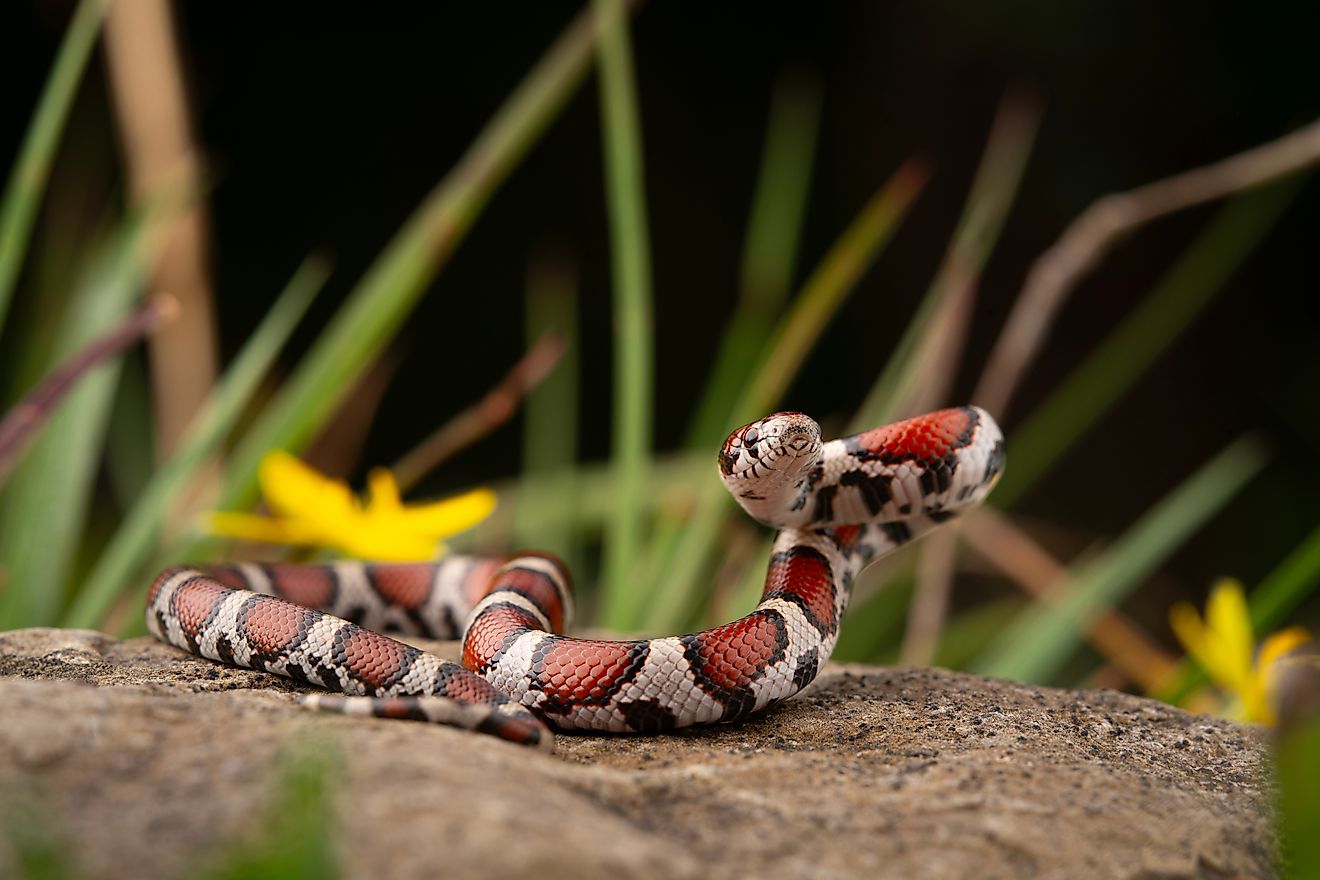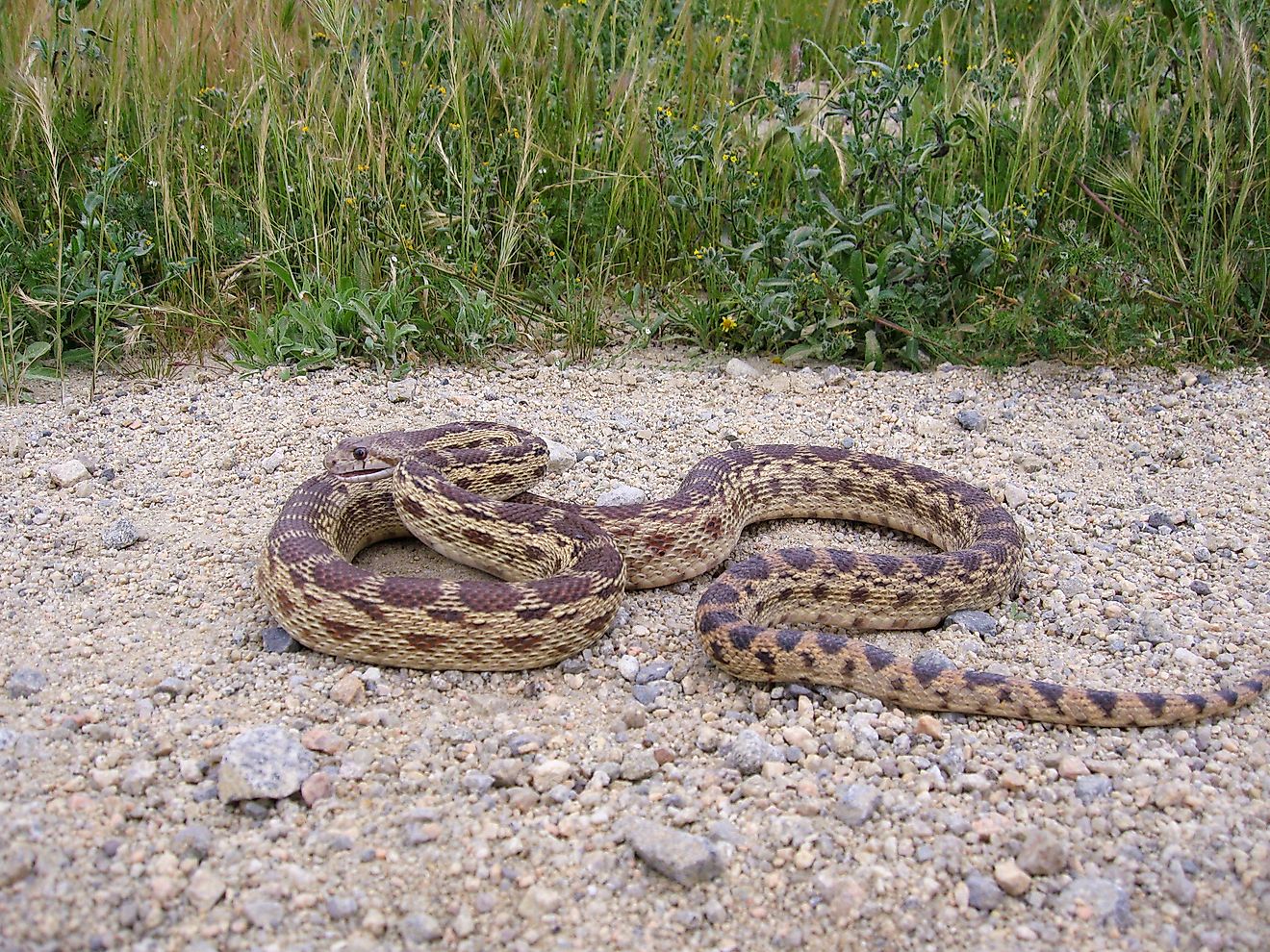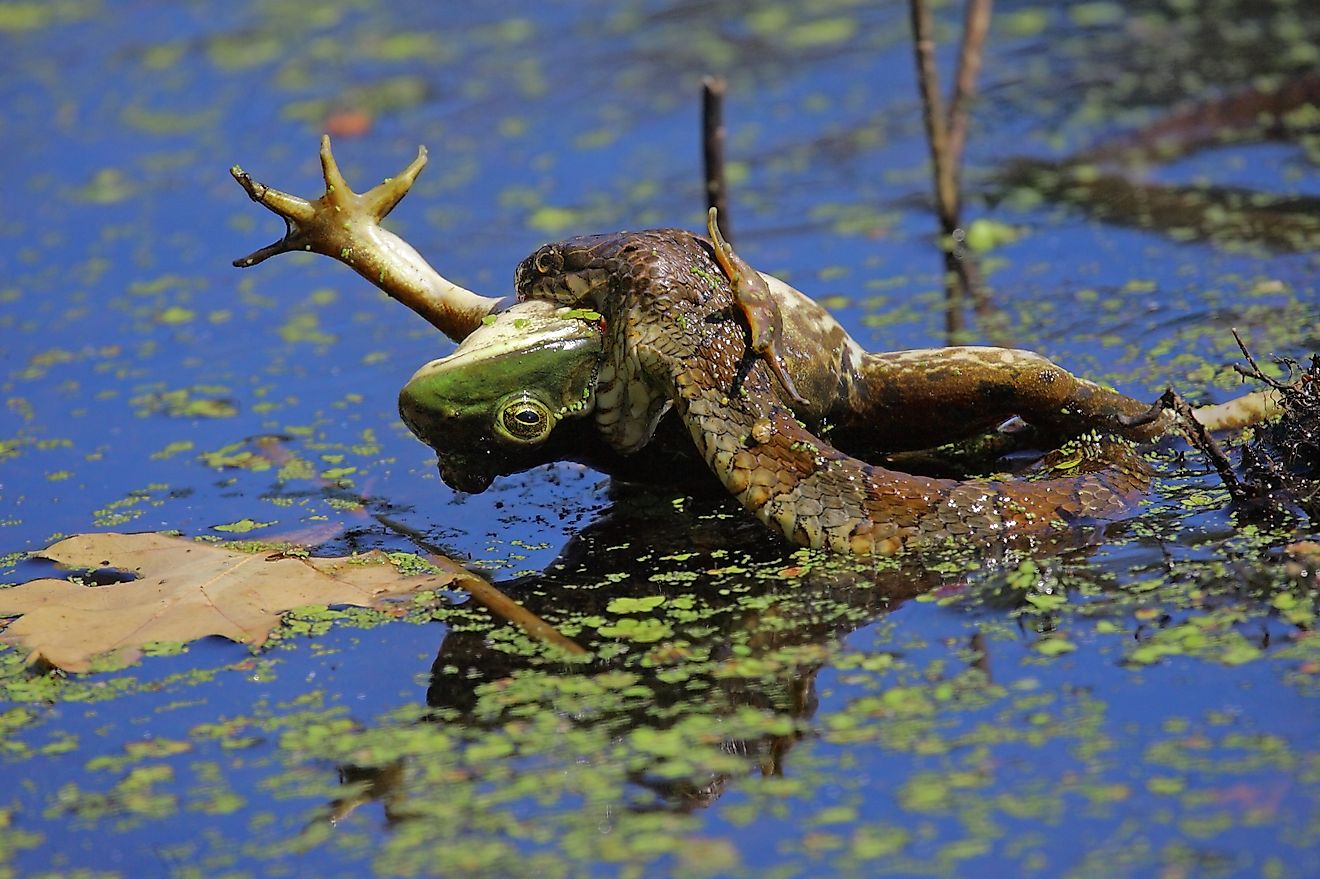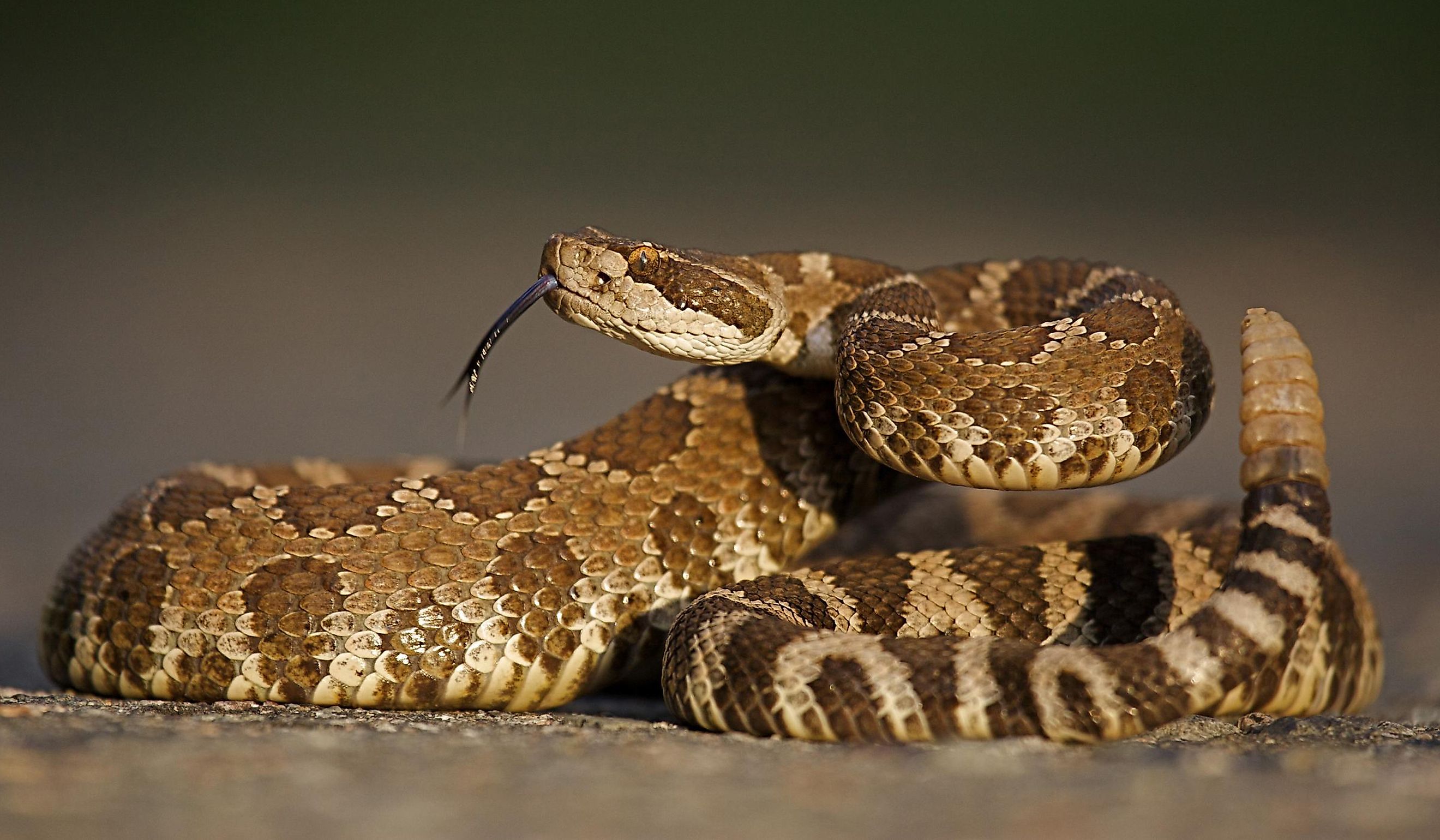
The Most Snake Infested Rivers In Washington
Washington is located in the western United States and borders the Canadian province of British Columbia to the north, Idaho to the east, Oregon to the south, and the Pacific Ocean to the west. The state has a diverse geography with many physiographic regions - distinct areas of land known for their unique landforms. Washington is diverse with rainforests, mountains, plains, plateaus, and rivers.
The largest river in Washington is the Columbia River, forming a border with Oregon. It is also the largest river that empties out into the Pacific Ocean from North America. Other notable rivers in Washington are the Skagit River, the second largest river in the northwest, and the Yakima River, the largest river entirely within Washington.
Many people may expect to witness bald eagles soaring overhead or salmon runs in the river. However, Washington is home to a dozen snakes - one of which is venomous. Let’s see what the most snake-infested rivers in Washington are.
Columbia River
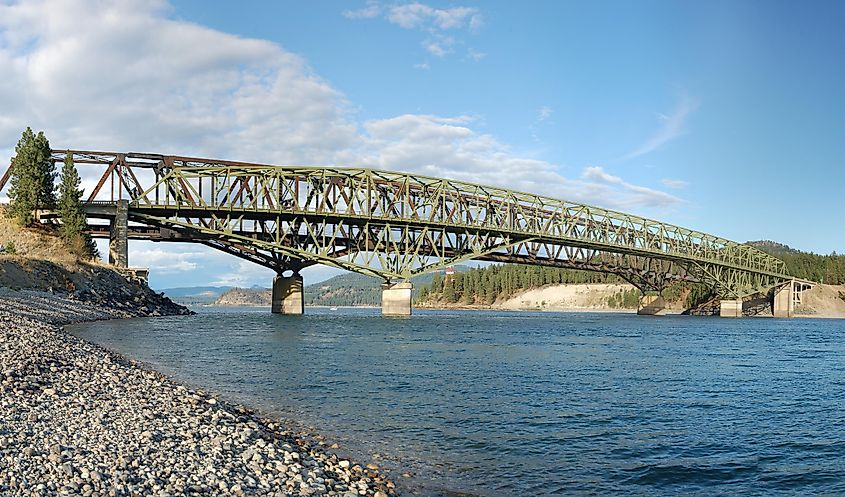
The Columbia River originates in the Rocky Mountains at Columbia Lake. It flows through British Columbia, then flows northwest before turning south into the United States, where it flows east-central through Washington, and then curves, forming a border between Oregon, and empties into the Pacific Ocean. The river has a length of 1,243 miles and a basin size of 258,000 square miles.
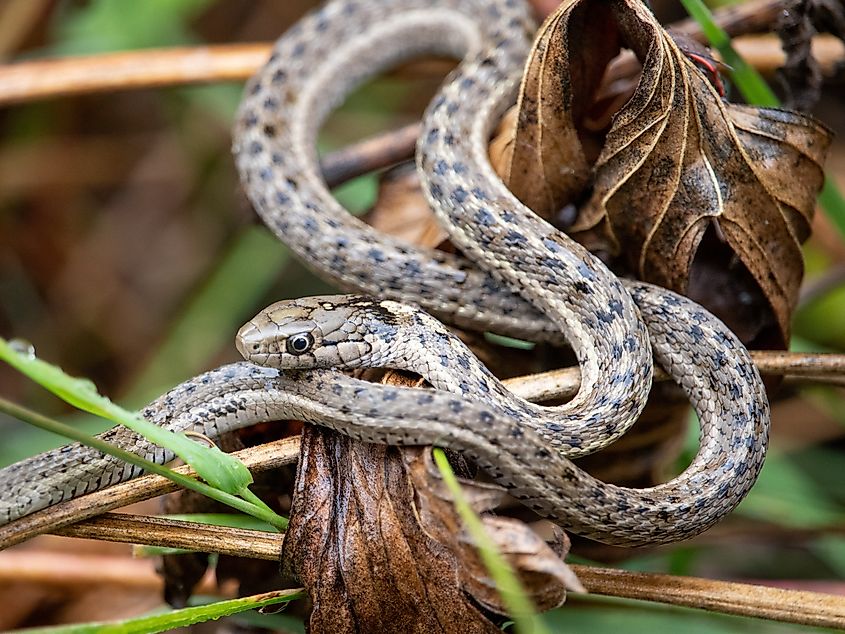
With stunning vistas that include forests, mountains, and deserts, the river offers ample habitat for Washington’s snakes. Many species of snake are present on the Columbia Plateau including three separate species of Garter Snakes inhabit Washington: the Common Garter Snake (Thamnophis sirtalis); the Western Terestrial Garter Snake (Thamnophis elegans); and, the Northwestern Garter Snake (Thamnophis ordinoides). The Common Garter Snake is found in coastal and mountain forests to sagebrush deserts, particularly close to water, wet meadows, or your garden. Garter Snakes are found near water sources, like streams, lakes, or rivers, including the Columbia River environment.
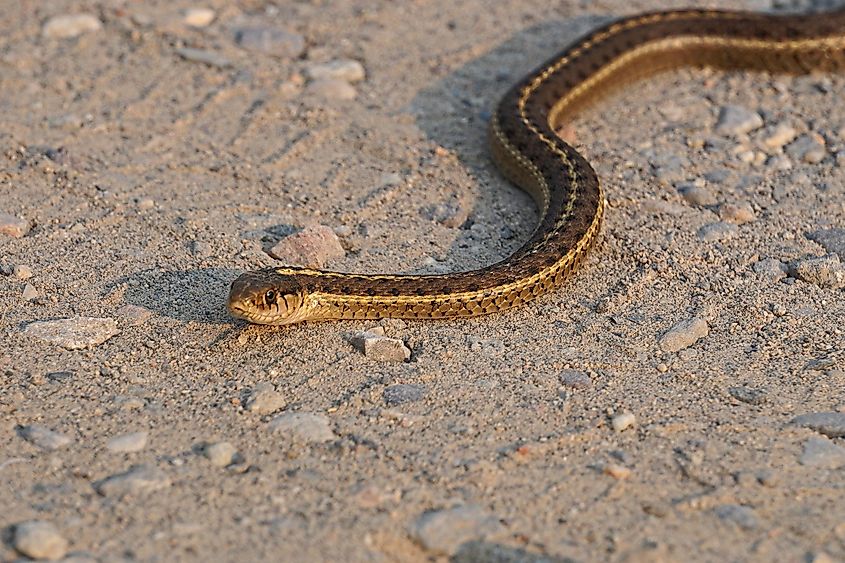
The Western Rattlesnake (Crotalus oreganus) is a venomous pit viper that may be seen along the Columbia Plateau but has likely declined in the region due to habitat loss and human persecution.
Skagit River
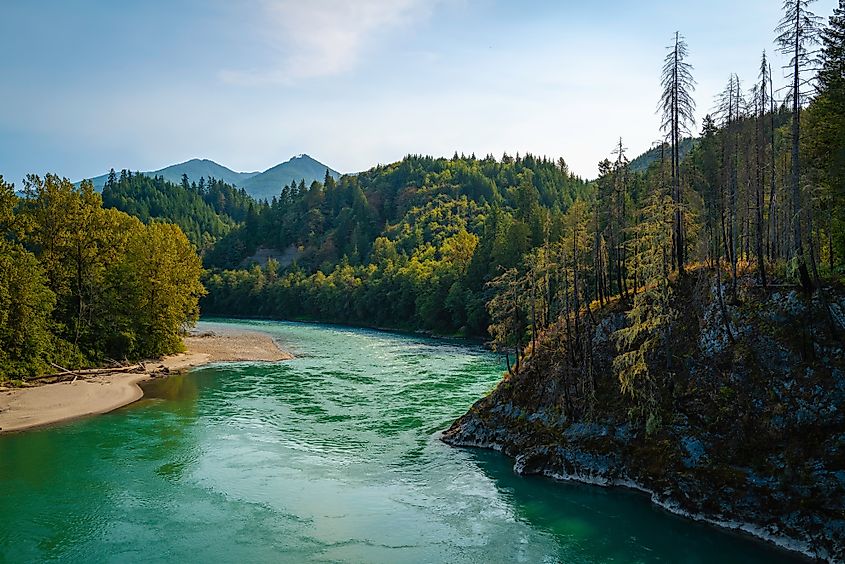
The Skagit River is located in northwest Washington, and is the largest and most biologically important river draining to Puget Sound. It originates in the Cascade Mountains and stretches 158.5 miles long and includes over 38,000 acres. Due to the Skagit River’s location in the north, it is too cold for most of Washington’s snakes. The Western Rattlesnakes favour a drier and hotter climate, often residing in the east of the state, mostly in more arid and forested climates. They can normally be found not far from their den, which is usually a rock crevice exposed to sunlight.
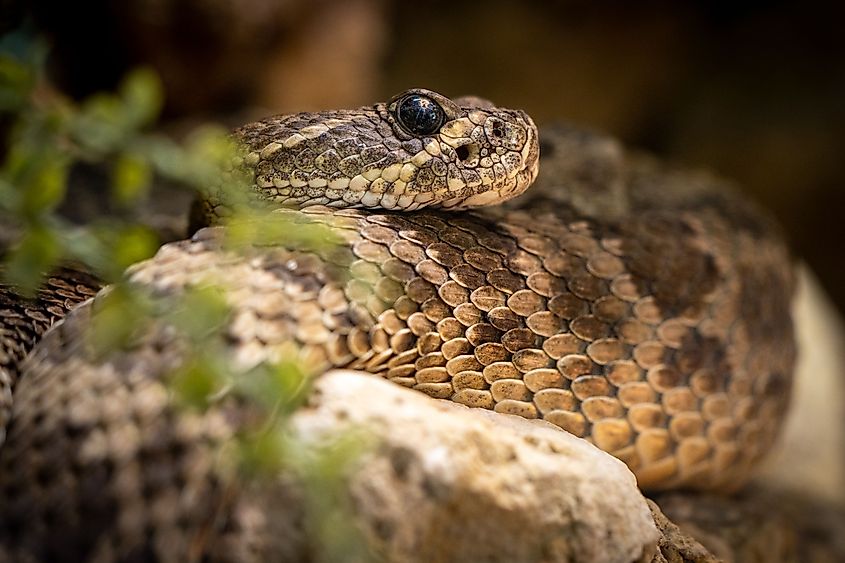
The Garter Snake is a much more versatile snake than the other species found in Washington. All three species are found up north in the colder parts of the state, including along the Skagit River. They are resistant to colder weather and are more active earlier in the spring and later in the fall than most snakes. Although in the winter months, they retreat to dens along the banks of the Skagit River to hibernate communally.
Yakima River
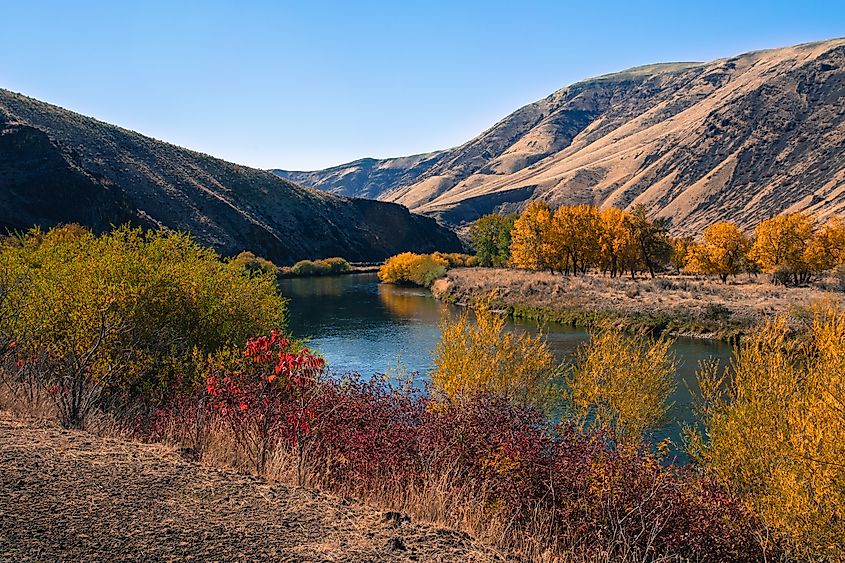
The Yakima River is the state’s longest river, stretching 214 miles. Its origin descends from rugged mountains through a scenic basalt canyon to an agricultural valley floor that culminates in the near-desert steppe at its confluence with the Columbia River. Nearly 40 percent of the Yakima basin is forested, which is an optimal habitat for Western Rattlesnakes. The river also flows east, which is well within the Western Rattlesnake’s range. While all snakes are capable of swimming, Western Rattlesnakes generally prefer drier habitats. However, if the weather becomes too hot, they are willing to retreat to the water to cool off.
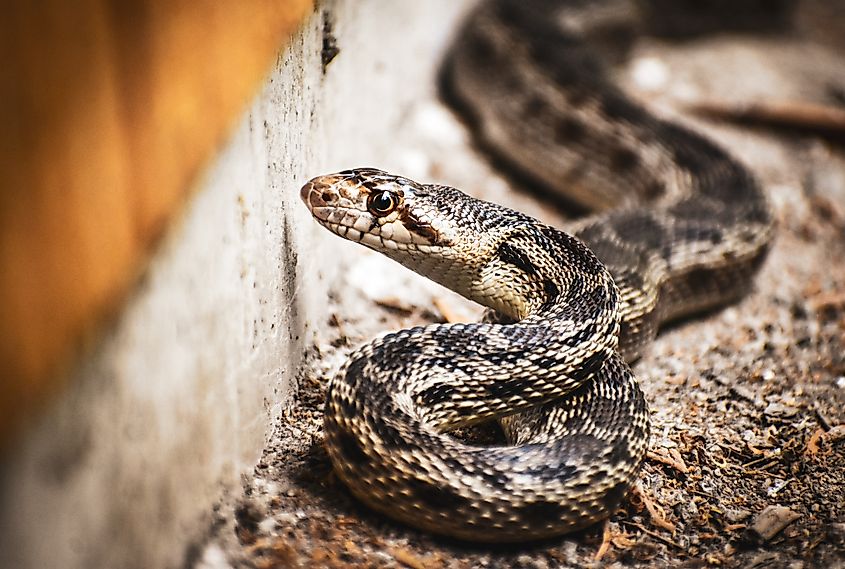
Fortunately, Western Rattlesnakes are not aggressive and are more than happy to move away from you, given half a chance. The Gopher Snake (Pituophis catenfe) lives in a similar environment to the Western Rattlesnake and is often mistaken for one. This further contributes to how Gopher Snakes may also vibrate the tip of their tails in dry grass and leaves, further mimicking a rattlesnake.
Watch Out in Washington
While Washington is home to varied species of snakes, all snakes tend to be inconspicuous, choosing to move away and hide or lie still in the hope of being overlooked. Although snakes are often seen as threatening, they will only hiss, strike, or bite if they are cornered or restrained. They are seen most often in spring, peaking in the summer. Other than the Western Rattlesnake, the snakes found in Washington are nonvenomous and would rather dart away under a rock or log by the river.
